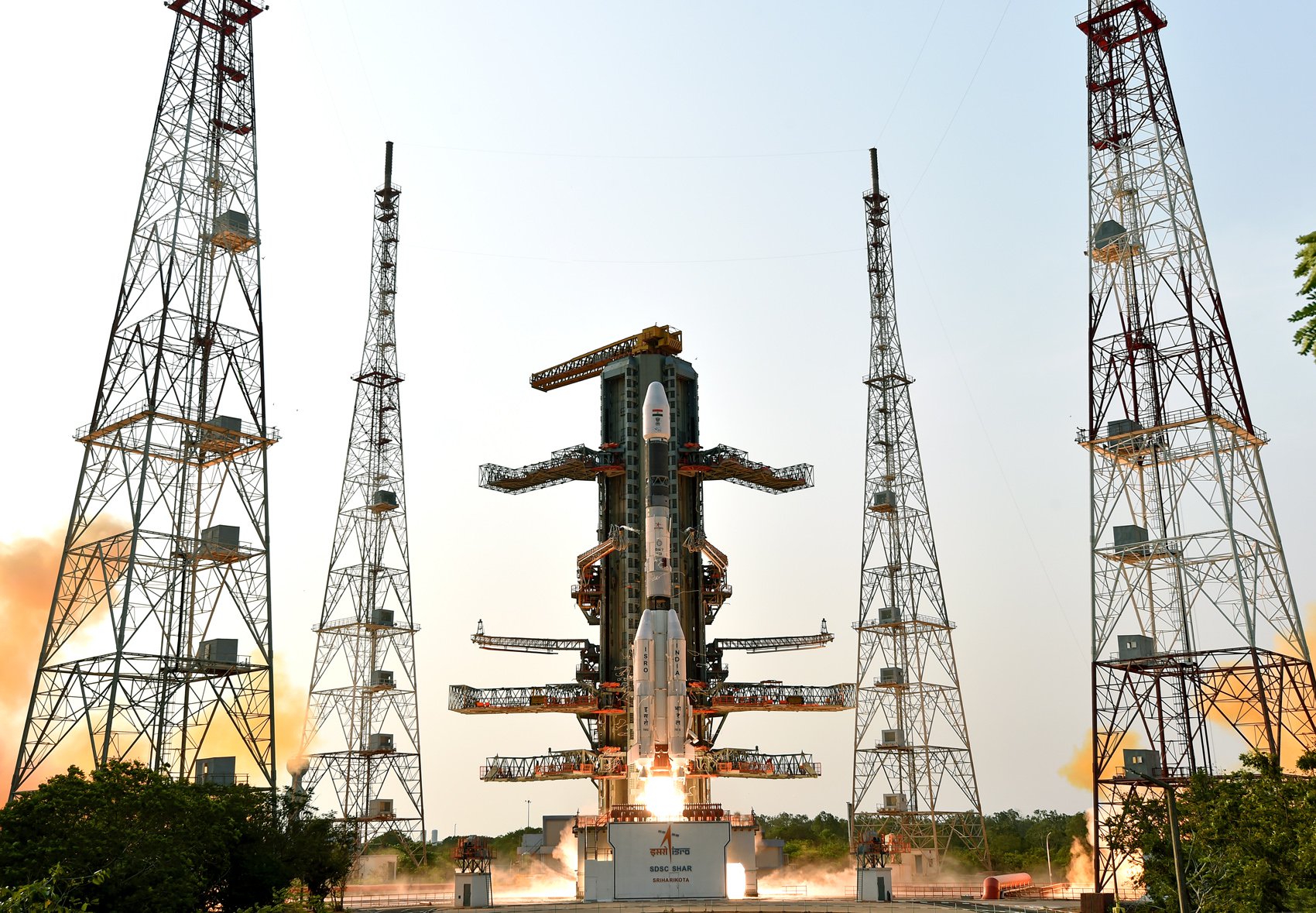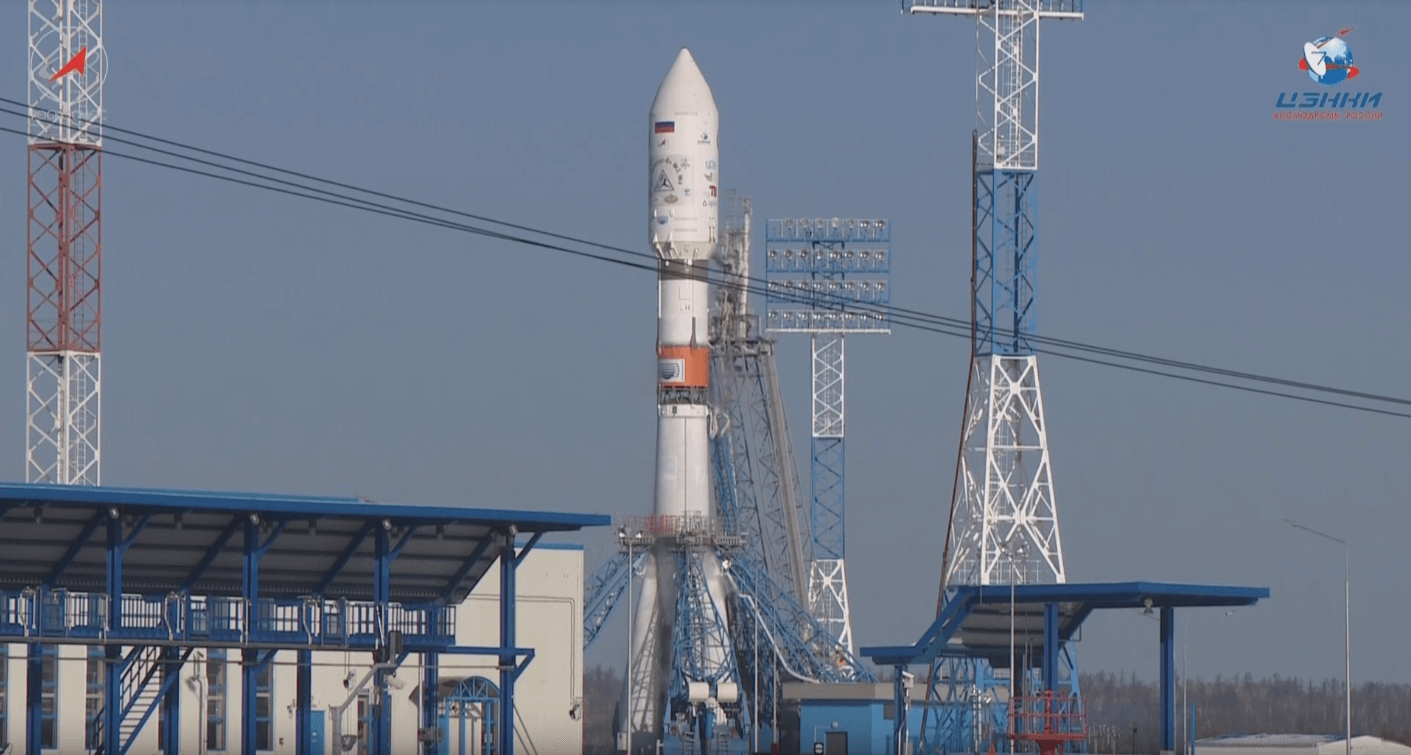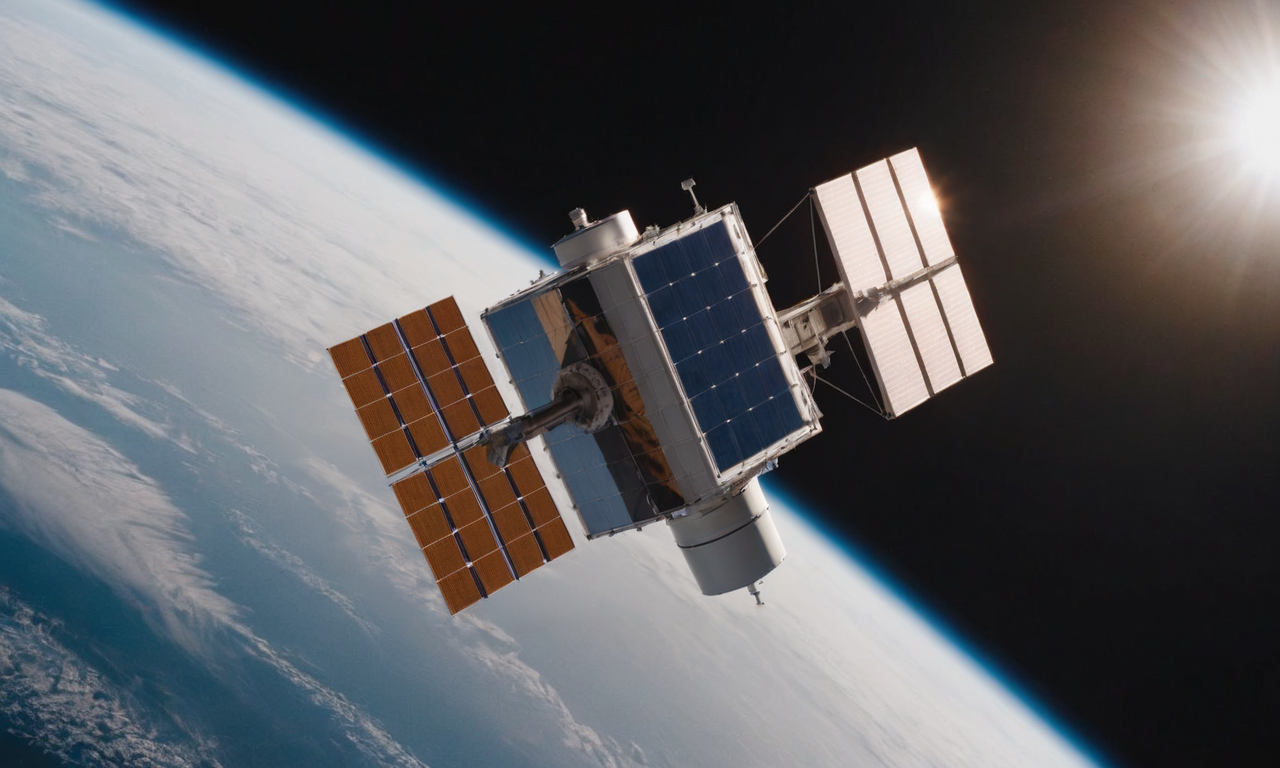· space brief · 6 min read
Space Brief 25 Jul 2025
Today's briefing covers Spire Global's new intelligence products, a significant military buildup in the Pacific, Space Force organizational changes, and more.

📄Top Stories
Spire Global has unveiled a range of space-based intelligence products targeting the defense market. This aligns with ongoing strategic military moves, including the largest buildup in the Pacific since World War II. Meanwhile, the Space Force is restructuring to enhance missile warning systems and space-based targeting, reflecting broader efforts in modernizing defense operations.
📰Detailed Coverage
Spire Global Introduces Defense-Focused Space Intelligence
Spire Global has launched new intelligence products that leverage geospatial data from radio frequency (RF) emissions. These products are aimed at enhancing strategic military capabilities, including monitoring and analysis of global RF activities. Spire’s offerings align with increasing defense needs for sophisticated data-driven insights.
By tapping into the vast array of space-based intelligence, military and defense sectors can enhance situational awareness and decision-making. These developments underscore the importance of satellite technology in modern defense strategies. Our web app provides robust satellite tracking capabilities that complement these intelligence solutions.
Read the full story: SpaceNews
Massive Military Buildup in the Pacific Emphasizes Network Scaling
The Pacific region is witnessing the largest military buildup since World War II, prompting a need for network infrastructure that can support the increased demand for data at operational edges. Innovations in fiber optics and network transport are essential to ensure seamless data flow across space, terrestrial, and subsurface environments.
This expansion underscores the pivotal role of advanced networking and satellite technology in defense operations, as the need for robust communication channels grows with military activities in the region.
Read the full story: Breaking Defense
Space Force Overhauls Structure with New ‘System Deltas’
In a strategic move, the Space Force has introduced new ‘System Deltas’ to refine its focus on missile warnings and space-based targeting capabilities. This reorganization aligns mission areas more closely with operational needs, ensuring that acquisition efforts are streamlined and effective.
The restructuring of Space Systems Command aims to bolster its efficiency in developing technologies that are critical to both national security and global operations, reflecting an agile approach to integrated defense solutions.
Read the full story: Breaking Defense
Senate Affirms New Leadership at Air Force
Matthew Lohmeier was confirmed as the Air Force’s second-highest-ranking civilian, alongside Secretary Troy Meink. This leadership shift highlights a commitment to innovation and strategic oversight within the Air Force.
Lohmeier’s appointment comes at a time of significant military and technological change, positioning the Air Force to tackle contemporary challenges with fresh perspectives and enhanced capability.
Read the full story: Breaking Defense
Air Force Seeks Innovative Solutions for New Cruise Missile
The Air Force has announced its interest in a new low-cost cruise missile compatible with fighter aircraft. This initiative reflects a broader pursuit of “lugged” and affordable defense technologies that can be rapidly deployed and integrated into existing systems.
Such advancements are vital to maintaining a cutting-edge defense posture, as global threats evolve and necessitate responsive and cost-effective solutions.
Read the full story: Breaking Defense
Understanding Reconciliation and Its Impact on the Pentagon
A detailed analysis by Elaine McCusker and John G. Ferrari outlines critical elements of a new reconciliation bill and its potential effects on the Pentagon’s operations. Key aspects include modifications to funding structures and strategic priorities.
This insight is crucial for understanding how legislative changes can influence military planning and resource allocation, ensuring that defense operations are aligned with national policy objectives.
Read the full story: Breaking Defense
🛰️Satellite Spotlight
- Satellite Name: NSS-101 (INTELSAT 101)
- NORAD ID: 21989
- Launch Date: June 10, 1992
- Mission: Communication satellite providing telecommunications services.
- Orbit: Geostationary Earth Orbit (GEO)
- Operator: INTELSAT
- Fun Fact: NSS-101, also known as INTELSAT K, was part of the INTELSAT series that revolutionized global communication by enabling instant connectivity across continents.
Track this satellite in real-time on our web app: Track NSS-101 (INTELSAT 101)
🌌Space Weather
Current space weather shows Enhanced solar wind (555 km/s).
Current
R0 - S0 - G0
Last 24 Hour Maximums
R0 - S0 - G0
Recent Alerts
-
G1 (Minor) Geomagnetic Storm Watch
- Expected on July 27 due to coronal mass ejection (CME) effects from July 23.
- Minor impacts on satellite operations and possible power grid fluctuations.
- Aurora may be visible at high latitudes, including northern U.S. states.
-
Geomagnetic K-index of 4 Warning
- Valid until July 25, indicating potential aurora visibility in Canada and Alaska.
- Weak power grid fluctuations may occur.
-
Electron Flux Alert
- Significant charging indicated, increasing risk to satellite systems.
Next 24 Hours
-
Radio Blackouts Probability
- Minor: 40
- Major: 5
- Risk: None
-
Solar Radiation
- Probability: 1
- Risk: None
-
Geomagnetic Storming
- Scale: 0
- Impact: none
- Activity: Low
-
Impact Summary
- Next 24 hours: No risk of radio blackouts or solar radiation storms.
- Geomagnetic outlook: G1 (Minor) geomagnetic storm levels likely on July 27 due to potential CME activity.
- Radiation outlook: No S1 (Minor) or greater solar radiation storms are expected.
- Low chance for M-class flares (R1-R2/Minor-Moderate) through July 27.
Long Term Forecast
- Forecast of Solar and Geomagnetic Activity (July 21 - August 16, 2025)
- Solar activity expected to remain low with a chance for M-class (R1-R2, Minor to Moderate) flares.
- No proton events anticipated at geosynchronous orbit.
- Higher levels of greater than 2 MeV electron flux expected on select dates, influenced by recurrent coronal hole high-speed stream (CH HSS).
- Active to G1 (Minor) geomagnetic storm levels predicted on several dates, generally due to CH HSS effects.
🚀Upcoming Space Launches
July 25
- Russian Federal Space Agency (ROSCOSMOS) Soyuz 2.1b/Fregat-M:
- Ionosfera-M 3 & 4 from Vostochny Cosmodrome, Siberia, Russian Federation (05:54 UTC) Ionosfera is a constellation of research satellites for studying ionospheric and magnetospheric processes.
July 26
- Arianespace Vega-C:
- CO3D & MicroCarb from Guiana Space Centre, French Guiana (02:03 UTC) CO3D satellites will map the globe in 3D, while MicroCarb will map CO2 sources on a global scale.
- SpaceX Falcon 9 Block 5:
- Starlink Group 10-26 from Cape Canaveral SFS, FL, USA (08:28 UTC) A batch of 28 satellites for the SpaceX’s Starlink internet constellation.
- Gilmour Space Technologies Eris-1:
- Maiden Flight from Bowen Orbital Spaceport (21:30 UTC) This is the maiden flight of Gilmour Space’s orbital launch vehicle Eris.
July 27
- SpaceX Falcon 9 Block 5:
- Starlink Group 17-2 from Vandenberg SFB, CA, USA (02:09 UTC) A batch of 24 satellites for the SpaceX’s Starlink internet constellation.
- China Aerospace Science and Technology Corporation Long March 6A:
- Unknown Payload from Taiyuan Satellite Launch Center, People’s Republic of China (09:55 UTC)
July 29
- i-Space Hyperbola-1:
- Unknown Payload from Jiuquan Satellite Launch Center, People’s Republic of China (04:03 UTC)
July 30
- SpaceX Falcon 9 Block 5:
- Starlink Group 10-29 from Cape Canaveral SFS, FL, USA (03:30 UTC) A batch of 27 satellites for the SpaceX’s Starlink internet constellation.
- China Aerospace Science and Technology Corporation Long March 8A:
- SatNet LEO Group TBD? from Wenchang Space Launch Site, People’s Republic of China (07:41 UTC) A batch of communication satellites for the SatNet constellation.
- Indian Space Research Organization GSLV Mk II:
- NISAR (NASA-ISRO Synthetic Aperture Radar) from Satish Dhawan Space Centre, India (12:10 UTC) A joint mission to map Earth’s land and ice masses, aiming to provide insights into natural hazards.
Note: Launch dates and times are subject to change due to technical or weather considerations.

Maurice Stellarski





